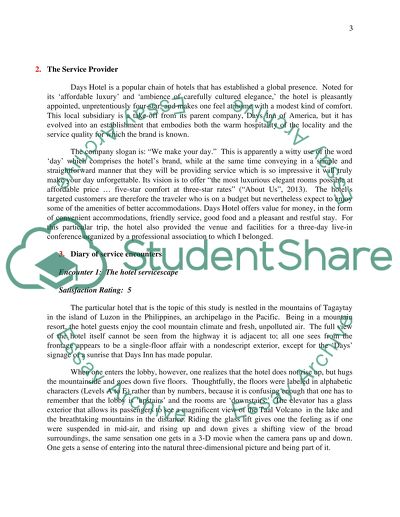Cite this document
(“Extended Service Encounter Reflective Journal Essay”, n.d.)
Retrieved from https://studentshare.org/marketing/1403812-extended-service-encounter-reflective-journal
Retrieved from https://studentshare.org/marketing/1403812-extended-service-encounter-reflective-journal
(Extended Service Encounter Reflective Journal Essay)
https://studentshare.org/marketing/1403812-extended-service-encounter-reflective-journal.
https://studentshare.org/marketing/1403812-extended-service-encounter-reflective-journal.
“Extended Service Encounter Reflective Journal Essay”, n.d. https://studentshare.org/marketing/1403812-extended-service-encounter-reflective-journal.


